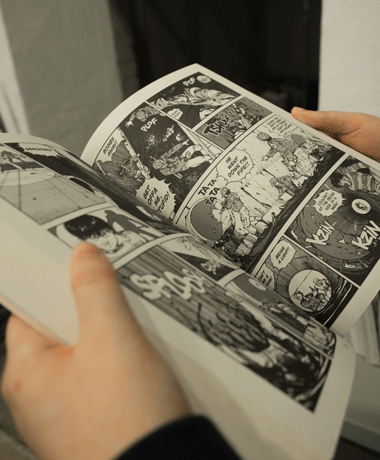A good story can be hard to find, however, if you have the right process you can create some cracking content.
To find out how we can help your team craft a good story, request a consultation here.
Here at All Good Tales we know what it takes to make a great story. We’ve put together the not-so-secret formula for a good story.
Make it personal
When crafting your story, imagine you are just telling it to one person. Why audiences love stories and narratives rather than stats and facts is because they are personal.
If you think of yourself telling your story to one person rather than a number of anonymous faces looking at a screen it will have more colour, feeling and movement.

Know your audience
Ask yourself, who is likely to be reading this story? The customer personas you or your marketing team have created are just as important when creating a story.
What are they interested in? What are their issues? How can your story enlighten them? How can it educate them? How can it convert them?
Good stories are a magnet for more, but only if they reach the right people.
Set the scene
Setting the scene to your story is important, there is so much competition for audience attention, your opening needs to entice them in. However you need to be wary of not giving too much away, give them enough to keep them informed but leave a little mystery. This will ensure they will read your story from start to finish.
Beginning middle and end? Yes and no.
When learning about storytelling ‘beginning, middle and end’ is drilled into our brains. Is this what audiences expect? Yes. Is it always necessary? No. Setting the scene doesn’t necessarily mean starting at the beginning. Some of the most exciting stories can start at a pivotal moment, the work their way back and then forward. Sometimes going against audiences expectations can work a treat.
However the beginning, middle and end process has worked for the greats, so who are we to question it?
The journey

Audiences love to be taken on a journey, whether you are crafting your brand story or a press release, be sure to include the audience every step of the way. They want to hear about the struggle, the obstacles along the way, the set-backs. All of these elements make a story more authentic and relatable.
Human interest
People like to read about people. Try and ensure there is a human-side to your story. It may be easier with some topics than others but revert to point #1 and think of sitting down and telling your story to one person over a cup of tea. Even if your story is about taxes, law reform or industry standards, think of how they can affect the everyday person, and what they would like to know.
Resolution and then some
Every story needs some sort of conclusion or summary, however ensure you leave your audience a little curious. They should have questions for you, they should want to get in touch to find out more, the resolution of your story should entice them to act.
